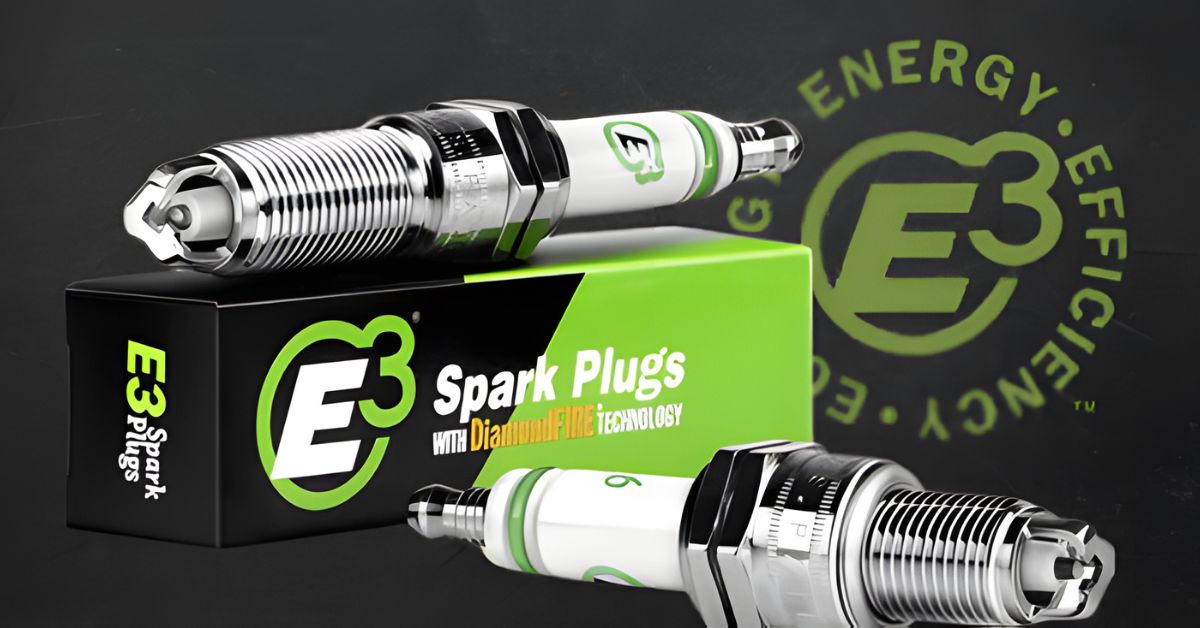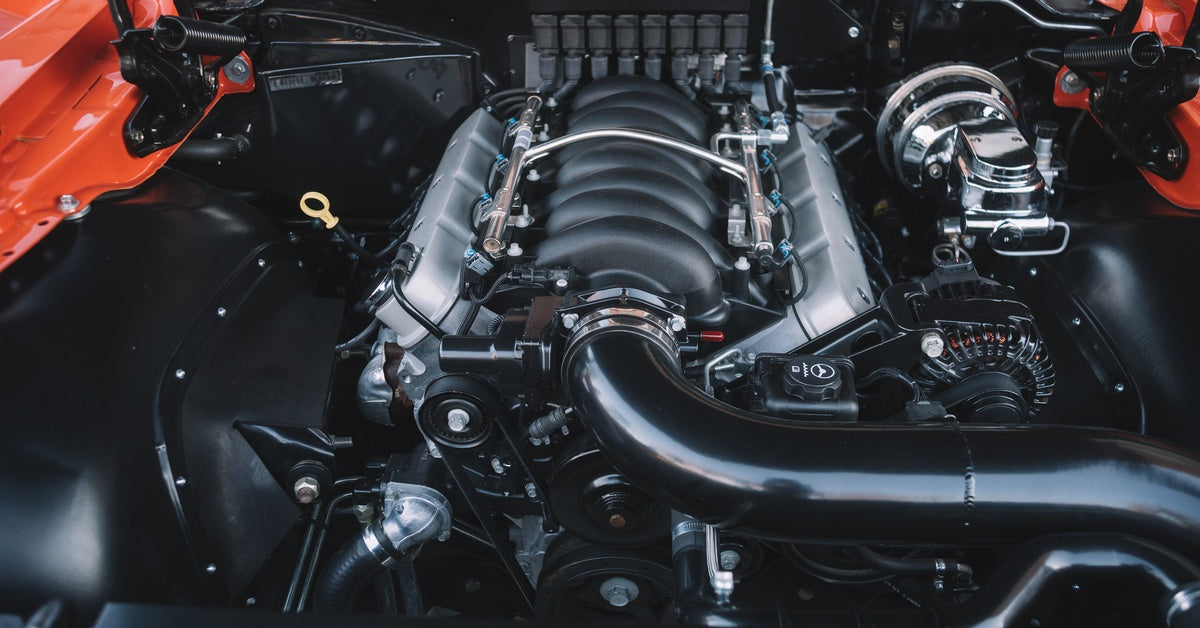
Few components are as vital as spark plugs when it comes to maintaining your car’s performance. But what happens when oil starts leaking from them? Drivers often notice reduced performance and other alarming signs that can indicate potential engine damage. Ignoring this problem for too long could lead to costly repairs, so quick action is essential.
This guide walks you through fixing spark plugs that are leaking oil, covering everything from identifying symptoms to repairing the issue.
What Do Spark Plugs Do?
Spark plugs are an important part of your vehicle’s ignition system. These small components create the spark needed to power your car. Without functioning spark plugs, your engine won’t run.
However, your spark plugs’ efficiency noticeably drops when oil makes its way into them. Leaking oil can lead to misfires, reduced fuel economy, and even severe engine issues if left unresolved. This typically happens due to worn valve cover gaskets, faulty o-rings, or overfilled oil levels. Promptly addressing the issue will restore performance and prevent long-term damage to your engine.
How To Spot Oil Leaks in Spark Plugs

It’s crucial to know what to check before assuming oil is leaking. Follow these steps to determine whether you must replace your spark plugs.
Visual Symptoms
- Finding oil on the plug threads or pooling around its base after removing the spark plug is a clear indicator of a leak.
- A blackened or greasy, sticky appearance suggests oil contamination.
Performance-Related Symptoms
- Faulty spark plugs can cause incomplete combustion, leading to misfires.
- Your spark plug oil may have contaminates if starting your engine feels like a challenge, or it idles unevenly.
- Contaminated spark plugs struggle to produce a strong ignition spark, causing your car to burn more fuel for less performance.
Tools for Inspection
- A ratchet wrench or spark plug socket to remove the spark plugs.
- A flashlight to inspect hard-to-see areas around the spark plug wells.
Guide to Fixing Spark Plugs Leaking Oil

Now that the problem is clear, you’re ready to act. This guide will walk you through fixing leaking spark plugs with ease.
1. Gather the Right Tools and Materials
Make sure you have everything you need before starting the repair.
Tools:
- Ratchet wrench and spark plug socket
- Torque wrench
- Rubber gloves
- Spark plug gap tool
- Small brush or shop towels
Materials:
- Engine degreaser
- Cleaning solvent
- Gasket sealer or new valve cover gaskets
- Replacement spark plugs (if necessary)
2. Diagnose the Cause of the Issue
Different problems can lead to oil leaks in spark plugs, making accurate diagnosis essential for proper repairs.
- Check for faulty spark plug seals or o-rings, as these are the usual culprits.
- Inspect the valve cover gasket for visible cracks or misalignment.
- Review your car’s oil levels. An overfilling issue could cause oil to seep into the wrong areas.
3. Clean Up the Area
A clean workspace protects your safety and makes repairs a simpler task to handle. Consider doing the following:
- Wait until the engine is completely cool to avoid burns.
- Use engine degreaser to clean excess oil from around the spark plug wells.
- Wipe out residual oil with shop towels or scrub gently using a small wire brush.
4. Replace Faulty Components
Now that the area is clean and free of debris, you can replace the defective parts. Properly installing new components extends their lifespan and improves your engine’s performance.
For Worn Spark Plug Seals:
- Carefully remove the old, damaged spark plug seals using the correct tools, such as a seal puller or screwdriver. Avoid damaging surrounding components.
- Inspect the area for any residual debris or oil buildup. Clean it thoroughly to allow a proper fit for the new seals.
- Install the new spark plug seals and securely fit them. Ensure you aligned them correctly to prevent future leaks.
For Damaged Valve Cover Gaskets:
- Carefully remove the valve cover, loosening its bolts in a crisscross pattern to avoid uneven pressure that could affect it.
- Clean the edges of the valve cover thoroughly, removing old gasket material and debris to provide a clean surface for the new one.
- Apply a thin, even layer of gasket sealer along the valve cover’s edges to enhance the seal and prevent future leaks.
- Fit the new gasket securely in place; confirm it sits evenly around the edges.
- Reattach the valve cover and secure the bolts using a crisscross pattern to distribute pressure. Be mindful not to overtighten to prevent damage to the gasket or valve cover.
- Take care when following these steps to restore your engine’s performance and prevent leaks or faulty components.
Replacing the Spark Plugs:
- Use a spark plug socket to remove old spark plugs.
- Check the gap on your new automotive spark plugs using a gap tool and adjust if necessary.
- Insert the new plugs with a torque wrench and tighten them to the manufacturer’s recommended specification. Avoid overtightening to protect the threads.
5. Reassemble and Test
Attentively reinstall every component, making sure all connections are firm and secure.
- Start the engine and listen for abnormalities, such as misfires or rough idling.
- Check the spark plug area for visible leaks. You know whether you’ve fixed this issue if there are no leaks and your engine runs smoothly.
Consult a mechanic for a deeper inspection if the problem persists.
How To Prevent Oil Leaks in Spark Plugs
Regular maintenance is key to avoiding recurring issues. Here are actionable tips to keep your spark plugs in top shape:
- Overfilling your oil is a preventable mistake. Stick to the recommended levels in your car’s manual.
- During scheduled maintenance, inspect the condition of your spark plugs and valve cover gaskets.
- Invest in superior replacement parts, such as E3 Spark Plugs, to ensure reliability and performance.
- Pay attention to signs that might indicate developing issues, such as reduced power or unusual engine sounds.
Final Thoughts
Fixing leaking spark plugs might seem intimidating, but it’s a manageable project with the right tools, materials, and guidance. Knowing how to fix spark plugs that are leaking oil improves your driving experience and saves you from expensive engine repairs.
Don’t neglect the warning signs, and always prioritize regular maintenance for your car’s health. Remember, choosing high-quality components, such as E3 Spark Plugs, can make all the difference in achieving the quality ride you’re looking for.
Take proactive steps today so your engine continues to run smoothly for miles to come.







